
How the Bamboo Rule Helps Businesses Achieve Sustainable Growth
Last updated: July 30, 2025 Read in fullscreen view
- 10 Apr 2022
 Agile self-organizing teams: What are they? How do they work? 28/435
Agile self-organizing teams: What are they? How do they work? 28/435 - 18 Oct 2020
 How to use the "Knowns" and "Unknowns" technique to manage assumptions 21/989
How to use the "Knowns" and "Unknowns" technique to manage assumptions 21/989 - 21 May 2022
 "Fail Fast, Fail Often, Fail Forward" is the answer to Agile practices of software success 18/941
"Fail Fast, Fail Often, Fail Forward" is the answer to Agile practices of software success 18/941 - 01 Oct 2020
 Fail fast, learn faster with Agile methodology 13/973
Fail fast, learn faster with Agile methodology 13/973 - 05 Feb 2024
 Bespoke Solution: Visitor Management System for Corporate 10/221
Bespoke Solution: Visitor Management System for Corporate 10/221 - 21 Sep 2023
 Abraham Wald and the Missing Bullet Holes 9/598
Abraham Wald and the Missing Bullet Holes 9/598 - 19 Oct 2021
 Is gold plating good or bad in project management? 7/754
Is gold plating good or bad in project management? 7/754 - 10 Nov 2022
 Poor Code Indicators and How to Improve Your Code? 7/213
Poor Code Indicators and How to Improve Your Code? 7/213 - 01 Mar 2023
 Bug Prioritization - What are the 5 levels of priority? 6/207
Bug Prioritization - What are the 5 levels of priority? 6/207 - 06 Feb 2021
 Why fail fast and learn fast? 6/375
Why fail fast and learn fast? 6/375 - 20 Nov 2022
 Agile working method in software and football 5/323
Agile working method in software and football 5/323 - 14 Oct 2021
 Advantages and Disadvantages of Time and Material Contract (T&M) 4/789
Advantages and Disadvantages of Time and Material Contract (T&M) 4/789 - 08 Oct 2022
 KPI - The New Leadership 3/557
KPI - The New Leadership 3/557 - 31 Oct 2021
 Tips to Fail Fast With Outsourcing 3/375
Tips to Fail Fast With Outsourcing 3/375 - 18 Aug 2022
 What are the consequences of poor requirements with software development projects? 3/242
What are the consequences of poor requirements with software development projects? 3/242 - 19 Jul 2022
 The 12 Principles of Continuous Process Improvement 2/456
The 12 Principles of Continuous Process Improvement 2/456 - 10 Dec 2023
 Pain points of User Acceptance Testing (UAT) 2/416
Pain points of User Acceptance Testing (UAT) 2/416 - 23 Sep 2021
 INFOGRAPHIC: Top 9 Software Outsourcing Mistakes 2/411
INFOGRAPHIC: Top 9 Software Outsourcing Mistakes 2/411 - 17 Feb 2022
 Prioritizing Software Requirements with Kano Analysis 2/280
Prioritizing Software Requirements with Kano Analysis 2/280 - 13 Dec 2020
 Move fast, fail fast, fail-safe 2/292
Move fast, fail fast, fail-safe 2/292 - 12 Oct 2020
 The Agile Manifesto - Principle #8 2/447
The Agile Manifesto - Principle #8 2/447 - 07 Oct 2020
 How To Manage Expectations at Work (and Why It's Important) 2/266
How To Manage Expectations at Work (and Why It's Important) 2/266 - 03 Jul 2022
 Manifesto for Agile Software Development 2/240
Manifesto for Agile Software Development 2/240 - 26 Sep 2024
 Successful Project Management Techniques You Need to Look Out For 2/368
Successful Project Management Techniques You Need to Look Out For 2/368 - 28 Dec 2021
 8 types of pricing models in software development outsourcing 2/417
8 types of pricing models in software development outsourcing 2/417 - 11 Jul 2022
 Lean software development - the game-changer in the digital age 1/229
Lean software development - the game-changer in the digital age 1/229 - 19 Apr 2021
 7 Most Common Time-Wasters For Software Development 1/525
7 Most Common Time-Wasters For Software Development 1/525 - 26 Dec 2023
 Improving Meeting Effectiveness Through the Six Thinking Hats 1/205
Improving Meeting Effectiveness Through the Six Thinking Hats 1/205 - 05 Jan 2024
 Easy ASANA tips & tricks for you and your team 1/180
Easy ASANA tips & tricks for you and your team 1/180 - 11 Jan 2024
 What are the Benefits and Limitations of Augmented Intelligence? 1/434
What are the Benefits and Limitations of Augmented Intelligence? 1/434 - 11 Jan 2022
 Lean Thinking and Lean Transformation 1/241
Lean Thinking and Lean Transformation 1/241 - 28 Nov 2023
 Scrum Team Failure — Scrum Anti-Patterns Taxonomy (3) /228
Scrum Team Failure — Scrum Anti-Patterns Taxonomy (3) /228 - 01 Mar 2022
 Why Does Scrum Fail in Large Companies? /243
Why Does Scrum Fail in Large Companies? /243 - 01 Jun 2022
 How Your Agile Development Team is Just Like a Football Team? /206
How Your Agile Development Team is Just Like a Football Team? /206 - 02 Nov 2022
 Frequently Asked Questions about Agile and Scrum /372
Frequently Asked Questions about Agile and Scrum /372 - 16 Jul 2022
 What are disadvantages of Agile Methodology? How to mitigate the disadvantages ? /353
What are disadvantages of Agile Methodology? How to mitigate the disadvantages ? /353 - 01 Dec 2022
 Difference between Set-based development and Point-based development /298
Difference between Set-based development and Point-based development /298 - 14 Mar 2024
 Why should you opt for software localization from a professional agency? /117
Why should you opt for software localization from a professional agency? /117 - 12 Mar 2024
 How do you create FOMO in software prospects? /127
How do you create FOMO in software prospects? /127 - 05 Jun 2023
 Bespoke Solution: Annual Maintenance Contract (AMC) Software /179
Bespoke Solution: Annual Maintenance Contract (AMC) Software /179 - 27 Oct 2020
 8 principles of Agile Testing /1196
8 principles of Agile Testing /1196 - 21 Oct 2022
 Virtual meeting - How does TIGO save cost, reduce complexity and improve quality by remote communication? /166
Virtual meeting - How does TIGO save cost, reduce complexity and improve quality by remote communication? /166 - 06 Nov 2019
 How to Access Software Project Size? /236
How to Access Software Project Size? /236 - 09 Oct 2022
 Key Advantages and Disadvantages of Agile Methodology /666
Key Advantages and Disadvantages of Agile Methodology /666 - 10 Oct 2022
 Should Your Business Go Agile? (Infographic) /108
Should Your Business Go Agile? (Infographic) /108 - 09 Sep 2024
 How AI Rewriting Can Improve Your Content’s SEO Performance /140
How AI Rewriting Can Improve Your Content’s SEO Performance /140 - 12 Sep 2024
 Be Water, My Friend: Fluidity, Flow & Going With the Flow /149
Be Water, My Friend: Fluidity, Flow & Going With the Flow /149 - 15 Aug 2025
 Quantum Technology: Global Challenges and Opportunities for Innovators /56
Quantum Technology: Global Challenges and Opportunities for Innovators /56
Although bamboo looks like wood, it is not a tree—it is a giant grass.
In the wild, it thrives in dense, dark forests and has adapted to grow rapidly and vertically toward the canopy light.
This competitive advantage has made it one of the fastest-growing plants in the world. As a crop, its growth rate demonstrates exceptional productivity per square meter. For example, some fast-growing hardwood trees grow about 50 cm per year and take decades to mature, whereas certain species of bamboo can mature in just 1 to 5 years and grow nearly a meter per day. Additionally, bamboo occupies less space than trees, meaning it requires less agricultural land to cultivate. That’s why bamboo thrives even in tight spaces.
Bamboo takes four years to grow just 3 centimeters. But starting in the fifth year, it shoots up vigorously at a rate of 30 cm per day and reaches 15 meters in just six weeks.
In fact, during those first four years, the bamboo's roots spread over hundreds of square meters underground. Human efforts work the same way. Don’t worry if your efforts today seem unrewarded—what you are building now is the solid foundation for your future, just like bamboo roots. Life requires accumulation. How many people have failed simply because they couldn’t wait like bamboo for that initial 3 cm growth?
The Value of Bamboo
What is value?
Two identical bamboo stalks: one becomes a musical flute, the other a drying rack. One day, the drying rack asked the flute:
“We were born in the same place, both mountain bamboo. Yet I endure sun and rain every day, while you are considered valuable?”
The flute replied:
“Because you only took one cut to become what you are, while I endured thousands of precise cuts and was crafted with care.”
The drying rack fell silent.
The Bamboo Rule – Success Lies in Perseverance
Life is the same. If you can endure hardship, solitude, and real-world pressure—if you're willing to take responsibility for your life—then your life has value. When you see someone else's glory, don’t be envious, because they likely paid a price greater than you did.
In truth, there are many intelligent people in this world, but very few persevere to the end. That’s why winners are so rare. The smarter a person is, the more aware they are of their weaknesses—and the harder they work to overcome them.
Growth isn’t about experiencing one failure; it’s about accumulating many lessons—both in knowledge and life experience.
This is the bamboo law.
The Parallel Between Bamboo and Business
Each country has its own philosophies and management approaches for personal and business development. For example:
- Japan has the Amoeba Management philosophy.
- China has Sun Tzu’s Art of War.
- Korea follows Obangsaek philosophy and yin-yang dualism.
These foundational ideas contributed to the economic miracles of Asia’s “Tigers.”
Climate scientists even view bamboo as a crucial plant in combating climate change.
The bamboo-style growth philosophy doesn’t necessarily mean that every startup must spend four years in silence. In fact, some startups skyrocket in just one year—because their founders have already gone through years of preparation, whether through work experience or being raised in a family with deep business roots.
China, for example, spent decades being ridiculed for "low-quality goods" but has now risen to become a superpower with major achievements in recent years. Their secret lies in perseverance and building strong foundations—the bamboo roots. Now at the top of the global stage, China adopts the dual circulation strategy to defend its position. This development model balances internal growth (internal loop) with international cooperation and expansion (external loop).
Bamboo Development Style – Resilient and Lean Growth
At TIGO, we don’t chase unsustainable “hyper-growth” or bloated models. Our engineering and leadership teams have chosen to grow like bamboo—firmly rooted and steadily rising in cycles. Each bamboo stalk symbolizes a strategic development goal, nurtured and shaped over six months. After four years, we have built a bamboo forest: eight core growth pillars, each independent yet tightly interwoven within a harmonious ecosystem.
Our method is based on the "Lean Transformation" philosophy—not merely cutting costs, but a complete transformation aimed at maximizing core value. Just like bamboo occupies little space yet grows strong and flexible, we lean every internal process, eliminating wasteful procedures, unnecessary layers, and bottlenecks that consume time, energy, and resources. Every step in our development must be simple yet meaningful, staying true to the principle:
The Bamboo Strategy also reflects our commitment to streamlining business operations—ensuring that information, tasks, and value flow quickly, accurately, and with minimal friction. Each bamboo shoot we plant may represent a business unit, a software product, or a new service—designed to be minimalist in architecture, easy to maintain, scalable, and most importantly, seamlessly integrable into a larger system.
Unlike organizations that scale first and optimize later, we do the opposite: optimize first, then scale. This is how TIGO ensures sustainable growth, agile adaptation, and long-lasting momentum—like bamboo segments that shoot upward without ever breaking.



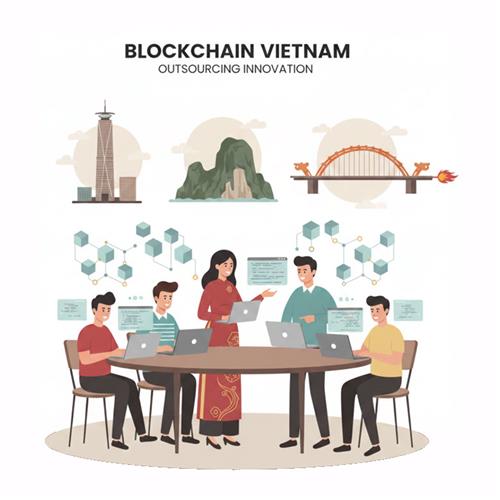

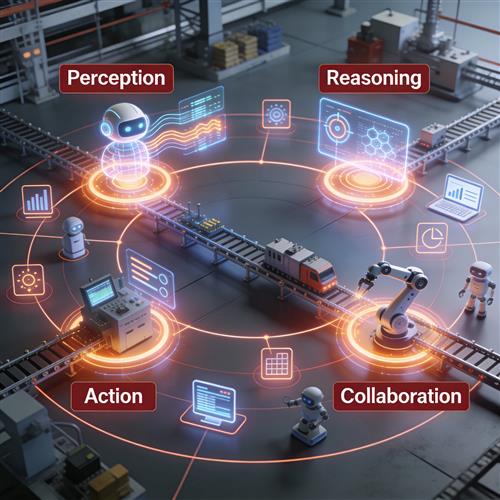







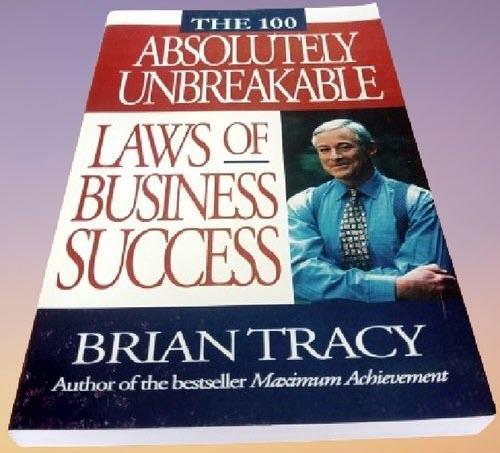
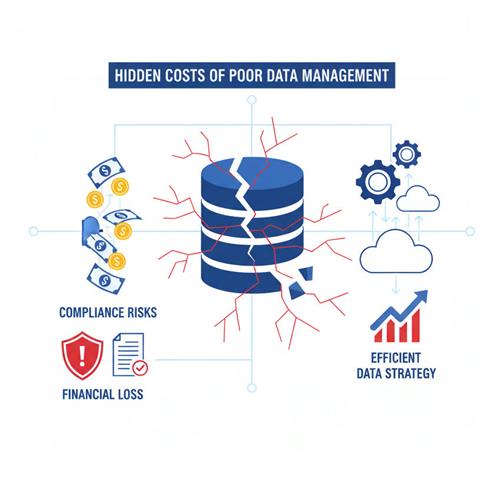



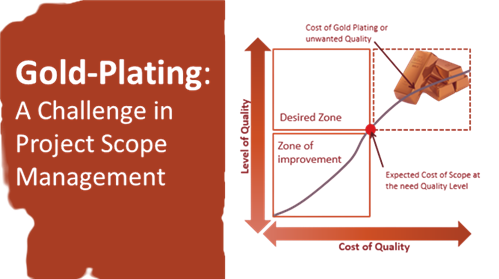



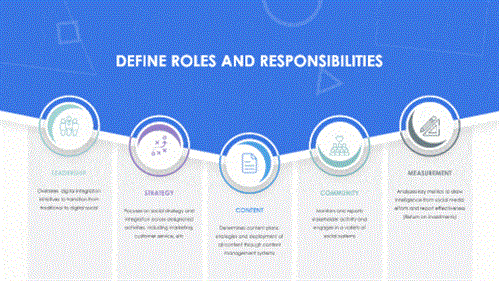


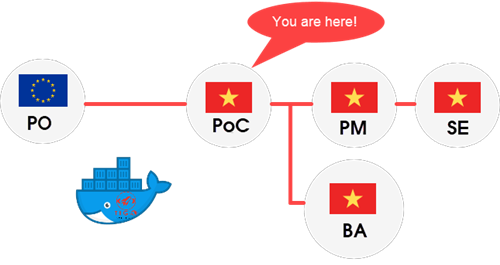









 Link copied!
Link copied!
 Recently Updated News
Recently Updated News